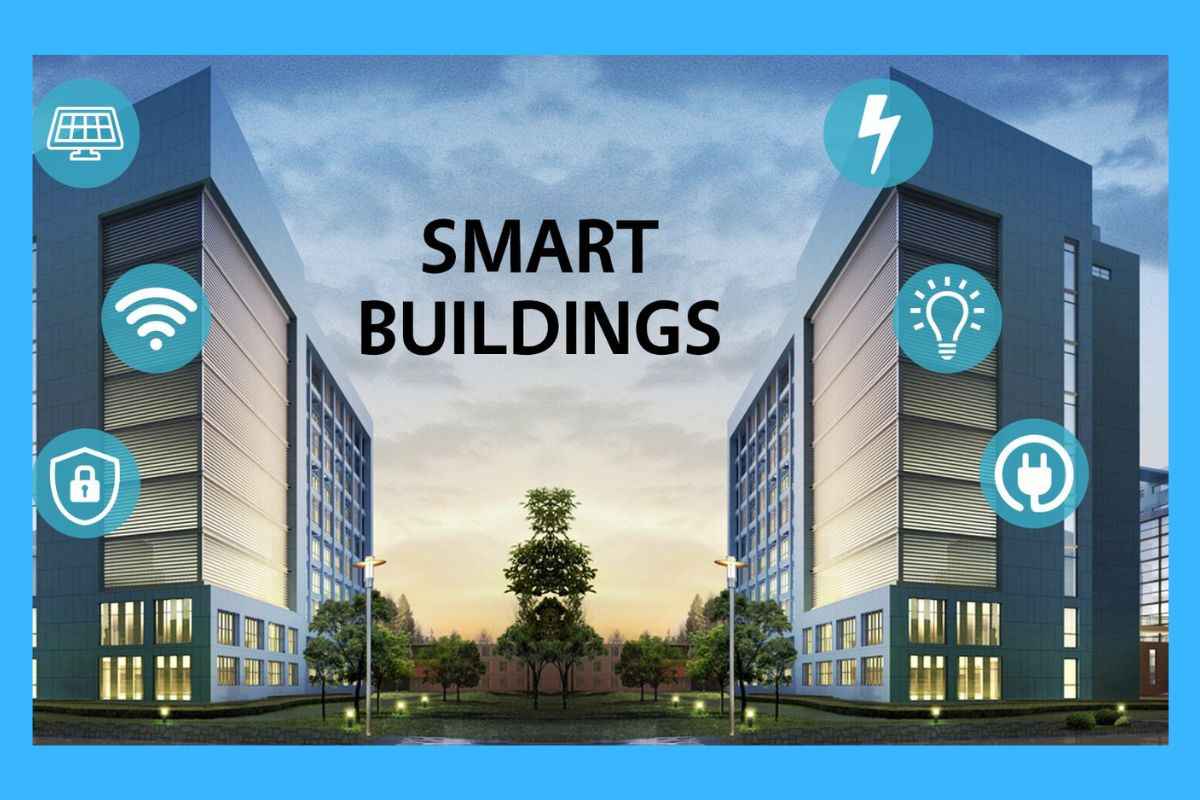
Buildings are big energy consumers, and inefficient energy utilization in buildings can lead to a lot of resource wastage.
To help reduce the energy wasted, building owners are now looking for efficient smart building solutions that can help in meeting a building’s energy requirements without any unwanted wastage.
This blog will briefly examine some major components of smart building solutions.
Table of Contents
Smart buildings can be described as a new type of technologically advanced building which can be controlled through digital technologies. These smart buildings allow users to manage various functions of their homes digitally.
Some of these remote processes are air conditioning, lighting, heating, ventilation, etc. The rising popularity of smart building solutions in recent years is mostly because of the convenience and sense of security it provides.
Smart building solutions make any building a dynamic structure through its interconnected components. These components are constantly in contact with each other, sharing data, receiving data as well as reacting to the real-time needs of the user.
A smart building comprises four main components that communicate with the appliances or systems to transform a regular building into a smart one.
IoT is an integral part of every type of smart building solution. This technology helps in around-the-clock monitoring of various building features and events. IoT in a smart building solution makes use of sensors and smart devices to gain invaluable insights into a building as well as the needs of the residents.
It makes no difference whether these IoT-enabled gadgets are wireless or wired. Their goal is to use APIs to interface with other devices, actuators, and sensors to form a system. The information from one device is automatically shared with the rest of the devices in such a system.
It is constantly updated across the software network and allows users to control various building systems through their smartphones easily.
This component of smart building solutions is critical because it allows devices to connect to the internet. These solutions include Wi-Fi-based networking. Cellular-based apps are popular because they can work over long distances but are often somewhat expensive.
On the other hand, Wi-Fi is a local area network that gives adequate coverage across most buildings; however, due to security concerns, many IT departments are hesitant to let third-party IoT devices on their networks.
An often overlooked but critical component of a smart home is integration. All smart buildings’ solutions such as sensors, devices, and cloud-based software, should be integrated to allow easy communication between them.
With integration, various separate devices can communicate seamlessly and become cohesive, unleashing their true potential.
This is the software that helps you analyze the data collected by sensors. Successful analytics software helps you analyze the insights provided by the sensors and other data-collecting software.
Smart building solutions have taken the world by storm. An increasing number of people are now drawn towards installing smart solutions in their homes and reaping the benefits that come with them.
Depending on the level of automation you are looking to install, you can opt for various types of smart building solutions.
However, one thing to remember while looking for a high-quality service provider is to go through as many customer testimonials as possible and ask questions to clear all your doubts.
London is a cultural mosaic with great history and indulgence, so how can it be…
Are you searching for the best place to shop for Indian sarees in London? London…
Small businesses often find it difficult to navigate the UK banking landscape. There are so…
In the complex world of property finance, mortgage advisors are indispensable allies for anyone looking…
In the fast-paced world of the digital age, marketers often search for the next "big…
If you are a newly self-employed entrepreneur or freelancer, then chances are you’ve not even…